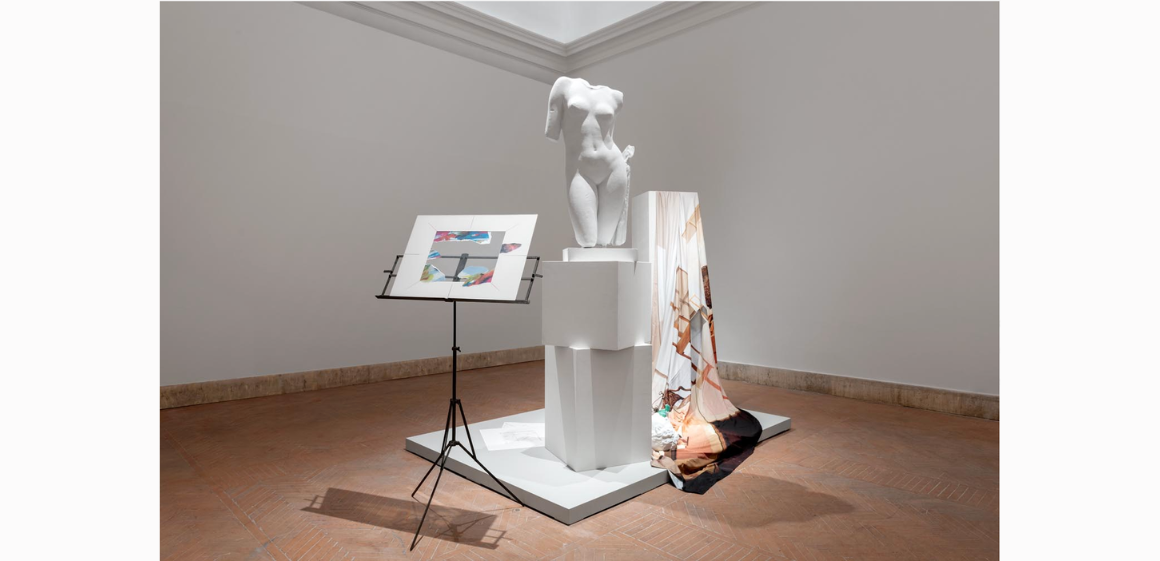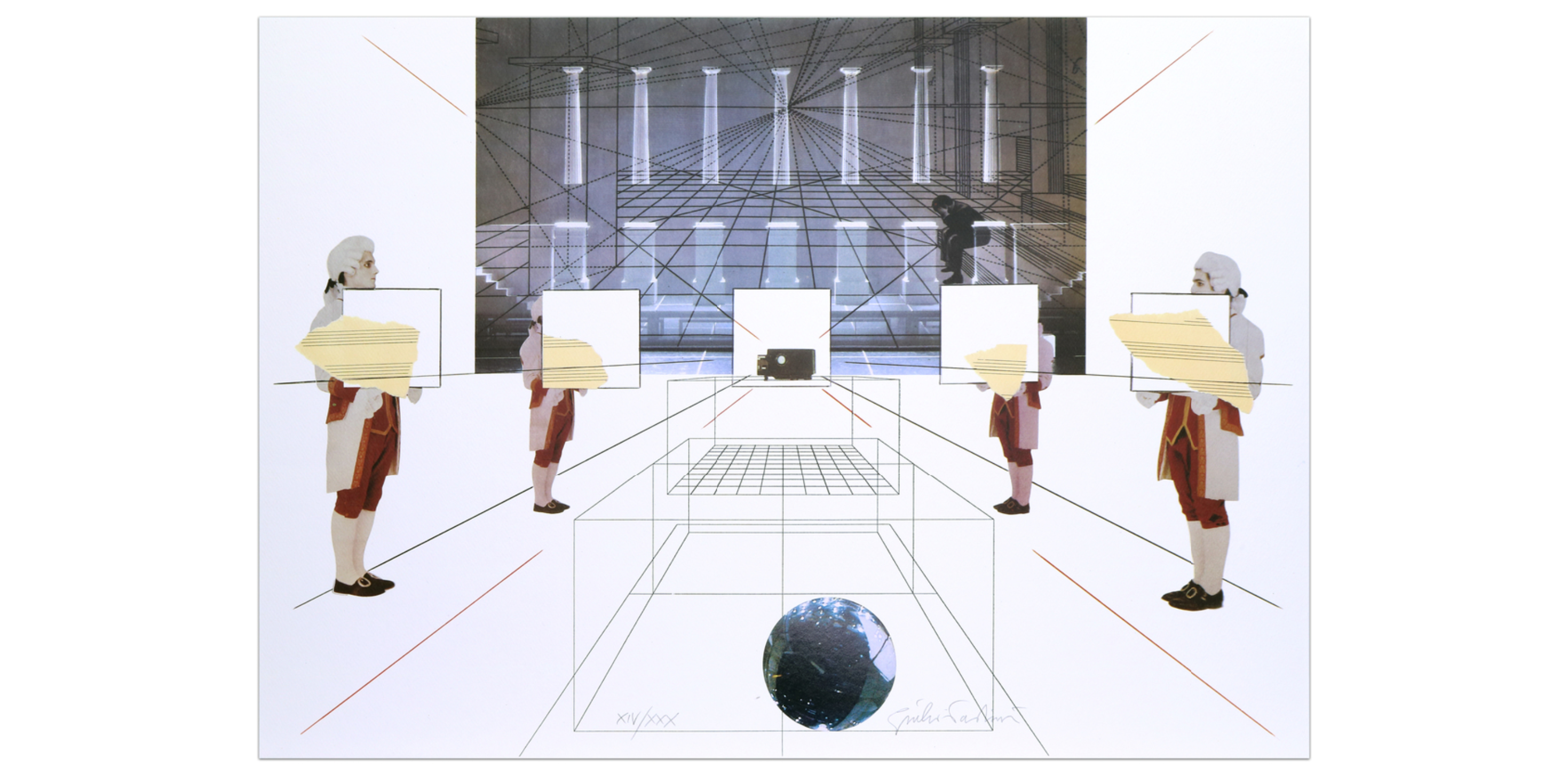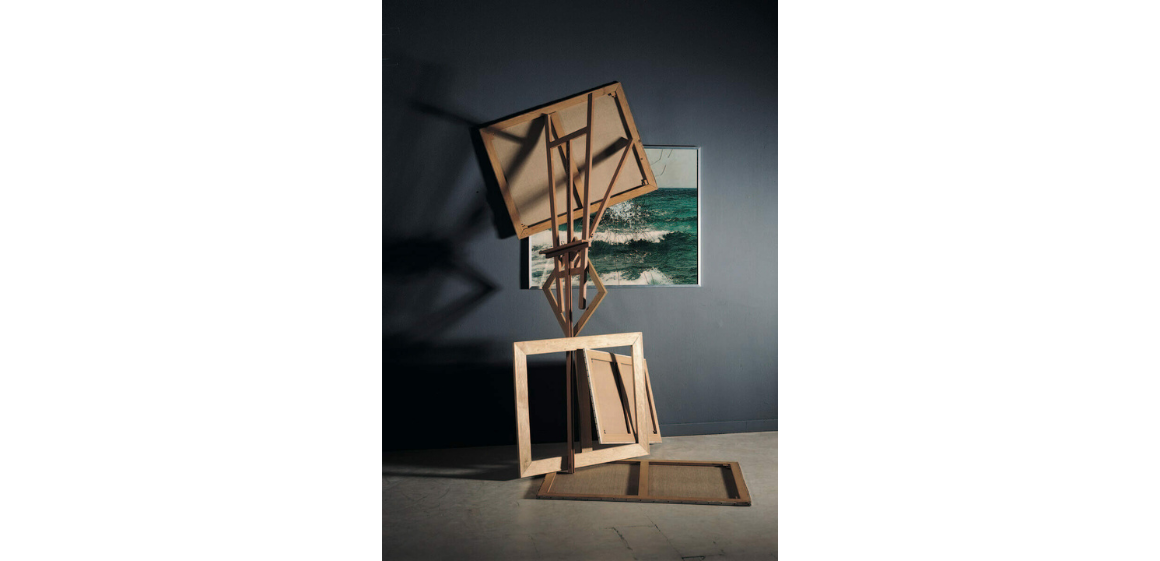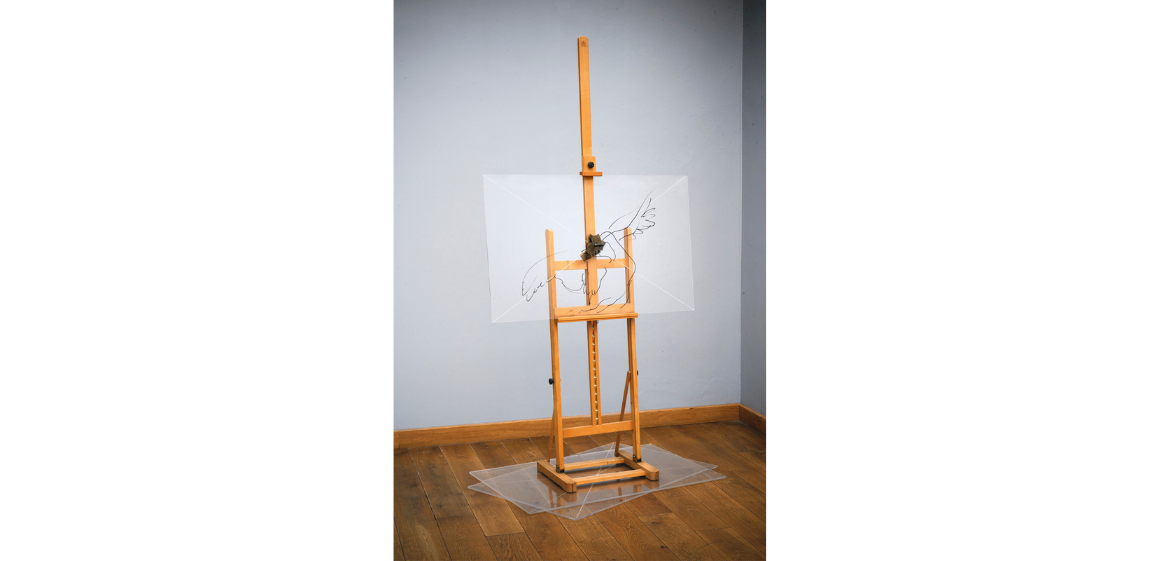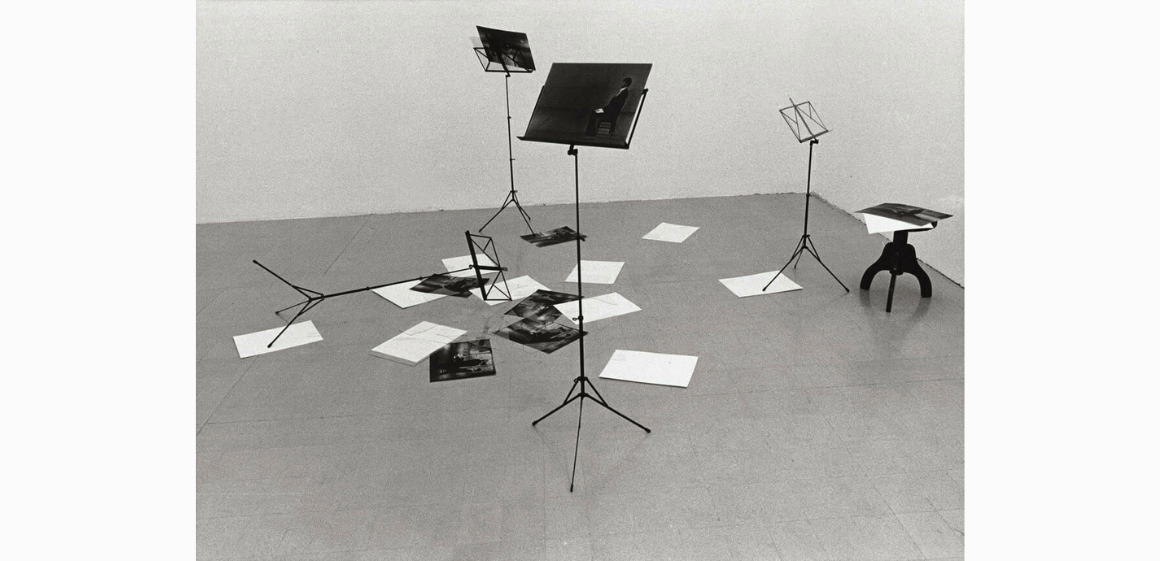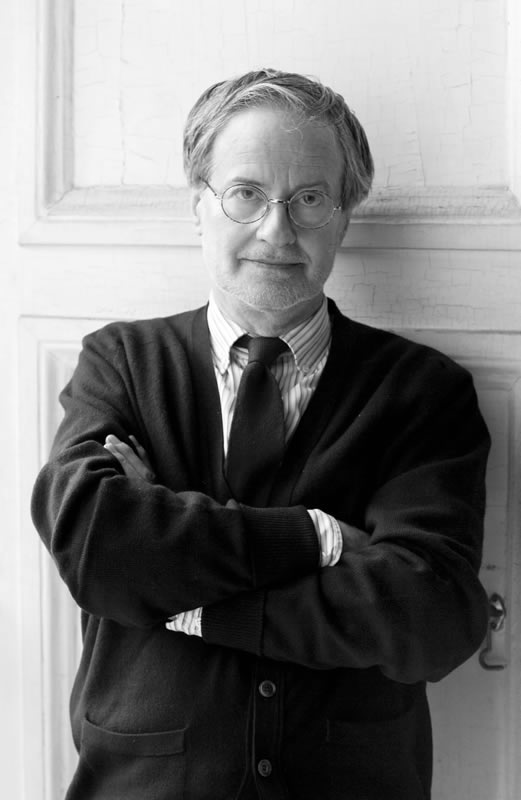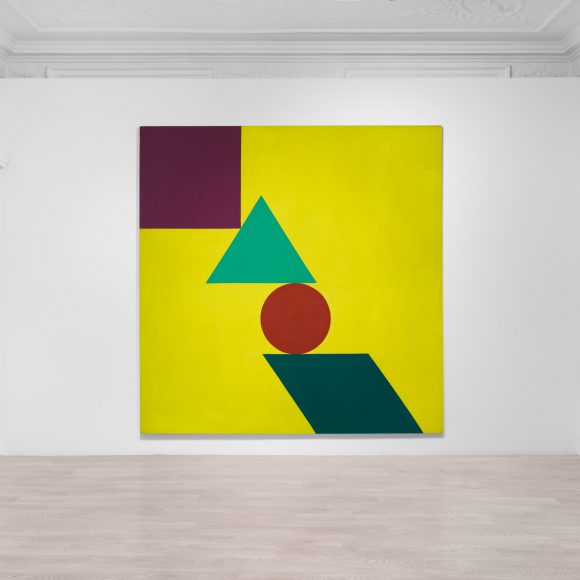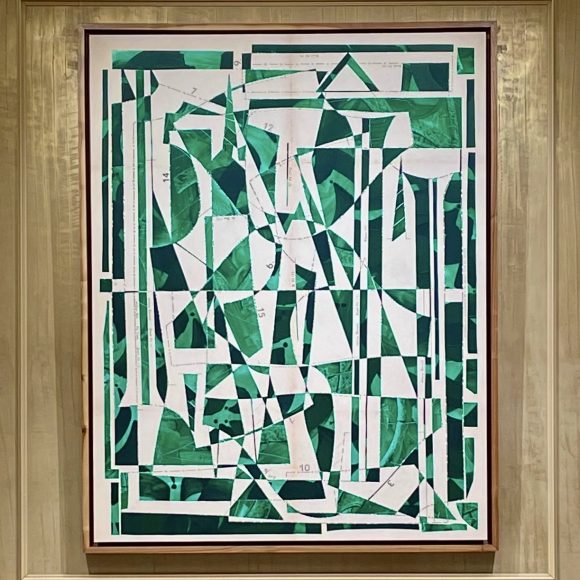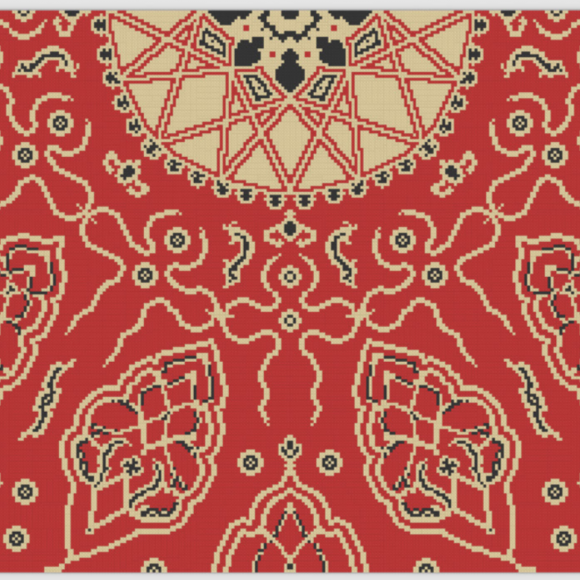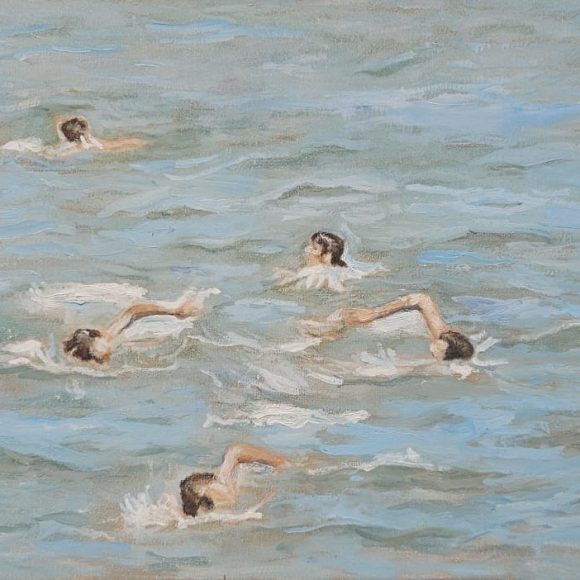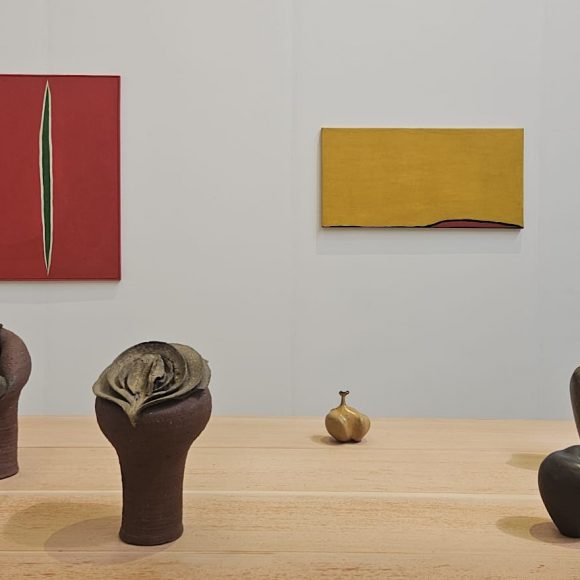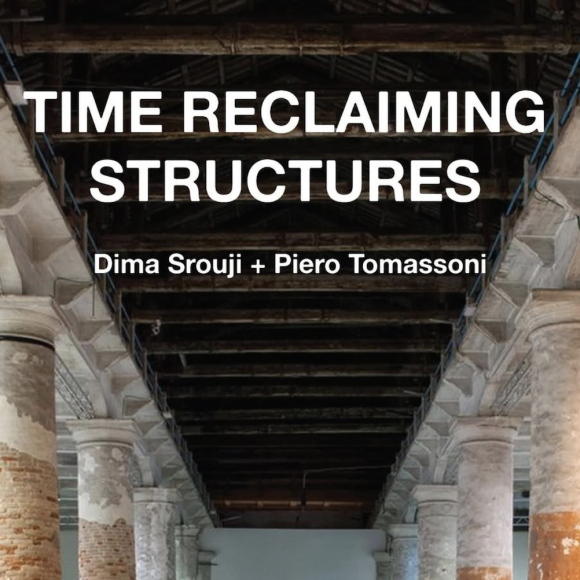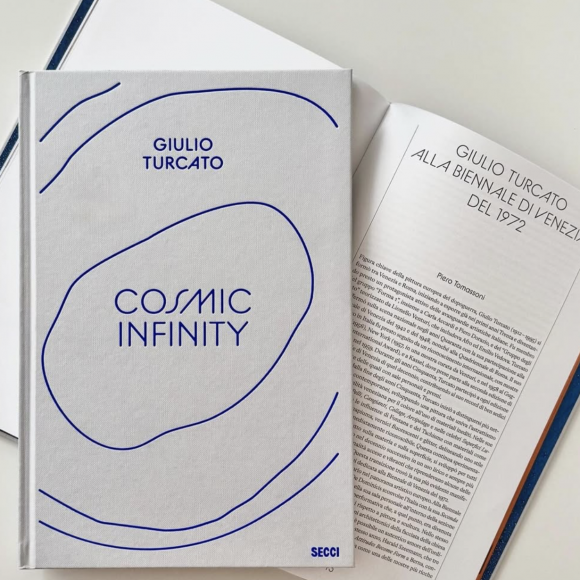GIULIO PAOLINI
Giulio Paolini (b. 1940, Italy) is widely regarded as one of the most important conceptual artists of his generation, with a cohesive multi-media practice that explores and investigates the relationship between artwork, viewer, and the artist. In the mid-1960s, he became associated with the Arte Povera movement; his work is most recognized for being inscribed in a strictly conceptual sphere. His experimentation with various materials (photographs, plaster casts, drawing paper, Plexiglas, and objects) forms a dialogue with time and history. Paolini currently lives and works in Turin.
Throughout his career, Paolini has developed a complex research method that focuses not only on the artist’s tools but also on the artist’s role as an operator of languages and conduit for the viewer. Paolini’s work often features mirrors, frames, and other objects that call attention to the act of looking and constructing meaning in art. He is also known for using classical and mythological imagery, which he often combines with contemporary elements to create a dialogue between past and present. He has exhibited his work extensively worldwide, and he participated in several editions of Documenta and the Venice Biennale.
As well as a vast number of solo and group exhibitions and an extensive bibliography, Paolini has received numerous awards and accolades during his career, including, most recently, the Japanese Praemium Imperiale for painting in 2022.
Selected Exhibitions
Venice Biennale, Italy; Documenta, Kassel; Stedelijk Museum, Amsterdam; Whitechapel Gallery, London; MACRO, Rome; Center for Italian Modern Art, New York ;Fundação Calouste Gulbenkian, Lisbon; Castello di Rivoli Museo d’Arte Contemporanea, Rivoli; Museum of Modern and Contemporary Art, Geneva; Kunstmuseum Winterthur, Switzerland; Museo Novecento, Florence; Fondazione Carriero, Milan.
Selected Collections
Solomon R. Guggenheim Museum, New York; Tate Collection, London; San Francisco Museum of Modern Art, USA; The Art Institute of Chicago, USA; Stedelijk Museum, Amsterdam; Nationalgalerie, Berlin; Galleria Nazionale d’arte Moderna e Contemporanea, Rome; Musée d’Art Moderne, Brussels.
Journal
Interested in Giulio Paolini’s work?
